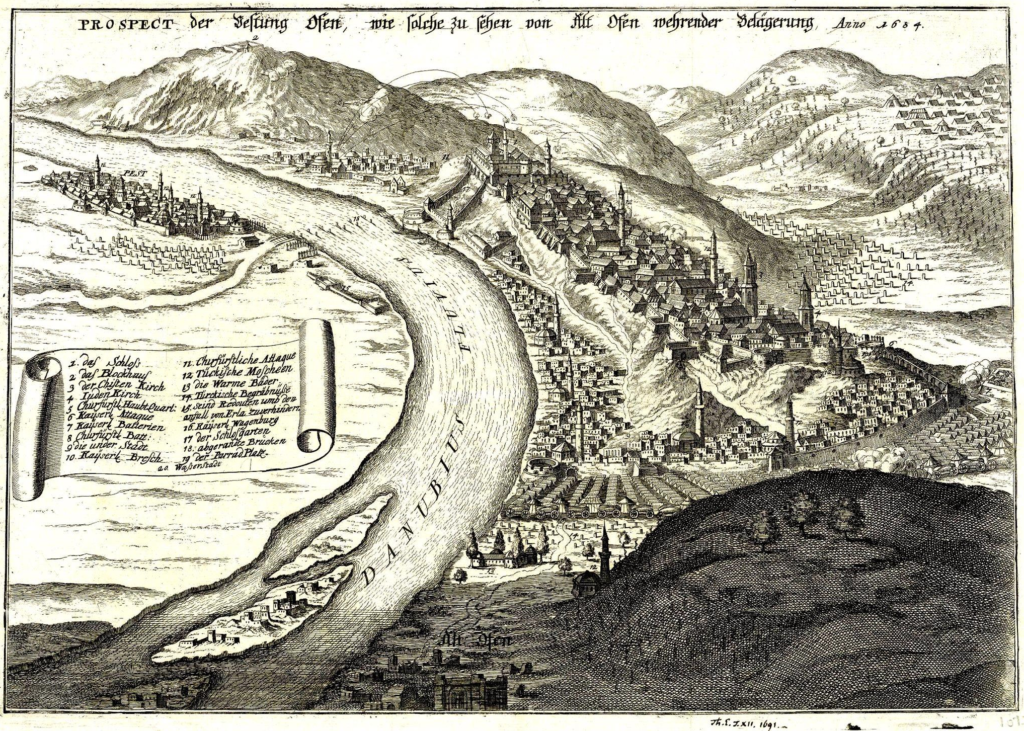Buda Castle, perched atop Castle Hill overlooking the Danube River, is one of Budapest’s most iconic landmarks. With a history stretching back over 750 years, the castle has played a pivotal role in Hungary’s turbulent past. One of the most dramatic and defining chapters of its history unfolded during the 16th and 17th centuries, amid the relentless struggle against the Ottoman Empire.
The first royal residence on Castle Hill was established in the mid-13th century by King Béla IV, following the Mongol invasion of Hungary. Recognizing the need for a defensible stronghold, Béla IV ordered the construction of a fortified town on the hill. Over the following centuries, successive monarchs, especially during the reign of King Matthias Corvinus in the 15th century, expanded and enriched the castle complex, transforming it into a Renaissance masterpiece and a cultural center of Europe.

The 16th century brought new peril as the powerful Ottoman Empire advanced into Central Europe. Following the catastrophic defeat of Hungarian forces at the Battle of Mohács in 1526, the country was left vulnerable. In 1541, after a cunning and bloodless maneuver, the Ottomans captured Buda and incorporated it into the empire as the capital of the Eyalet of Budin.

For the next 145 years, Buda remained under Ottoman control. While the Turks fortified the castle and made it a center of regional administration, the city’s former grandeur waned. Many churches were converted into mosques, and the once-flourishing royal court was replaced by a military outpost. Despite this, Buda retained a multicultural character, home to Turks, Hungarians, Jews, and other ethnic groups.

The turning point came in 1686 during the Great Turkish War. A massive army assembled by the Holy League — a coalition of European powers including the Habsburg Monarchy, Poland, Venice, and the Papal States — laid siege to Buda in an effort to liberate Hungary from Ottoman rule.
The siege lasted over two months. Despite fierce resistance by the Ottoman garrison and heavy casualties among the attackers, the allied forces finally breached the castle walls on September 2, 1686. The recapture of Buda was a significant victory and marked the beginning of the end of Ottoman domination in Hungary.

Today, Buda Castle stands not only as a magnificent architectural complex but also as a symbol of Hungarian resilience. The battles fought on its grounds — especially the siege of 1686 — are remembered as pivotal moments in European history. After centuries of warfare, destruction, and rebuilding, the castle has emerged as a cultural treasure, housing the Hungarian National Gallery, the Budapest History Museum, and the National Széchényi Library.
Visitors walking its cobbled streets and fortress walls are reminded of a time when Buda was a frontline fortress in the epic struggle between East and West — and of the enduring spirit of a nation that never gave up its home.
